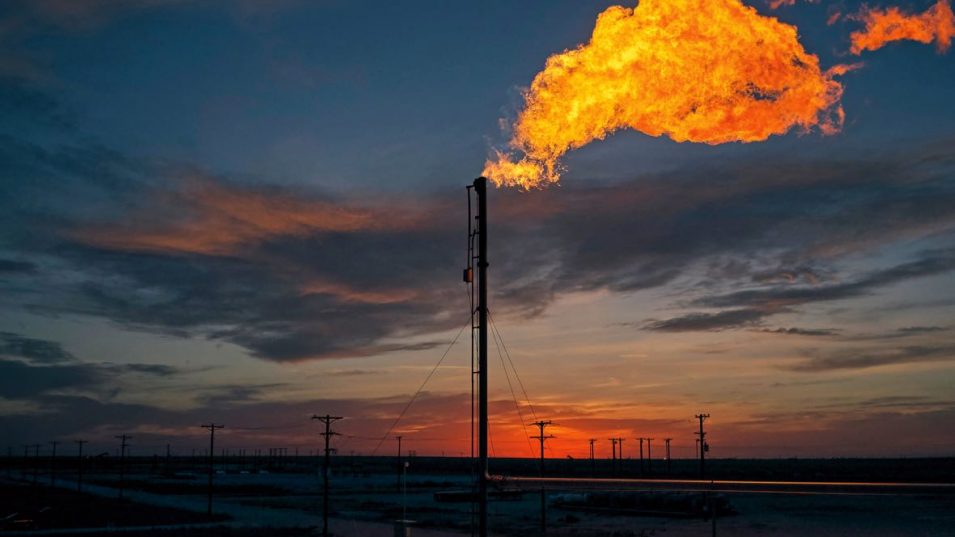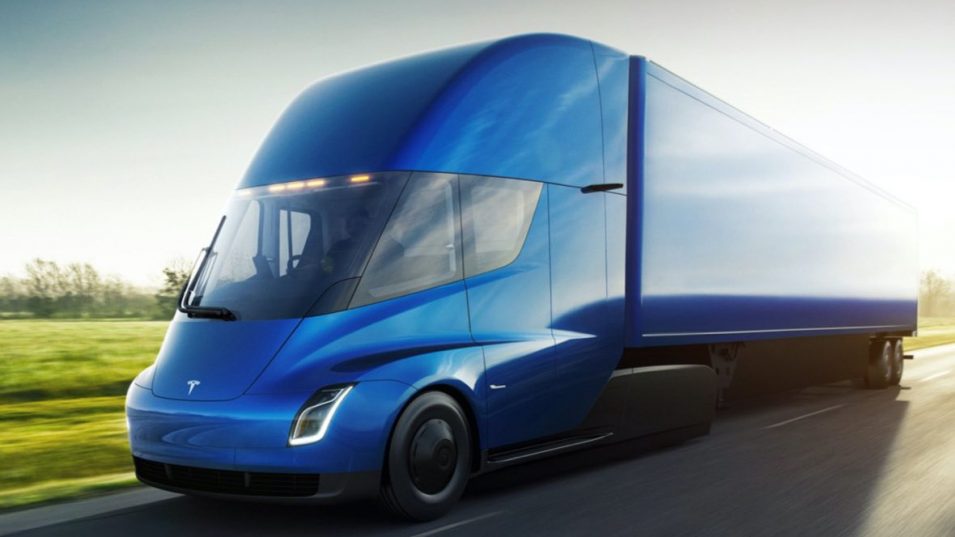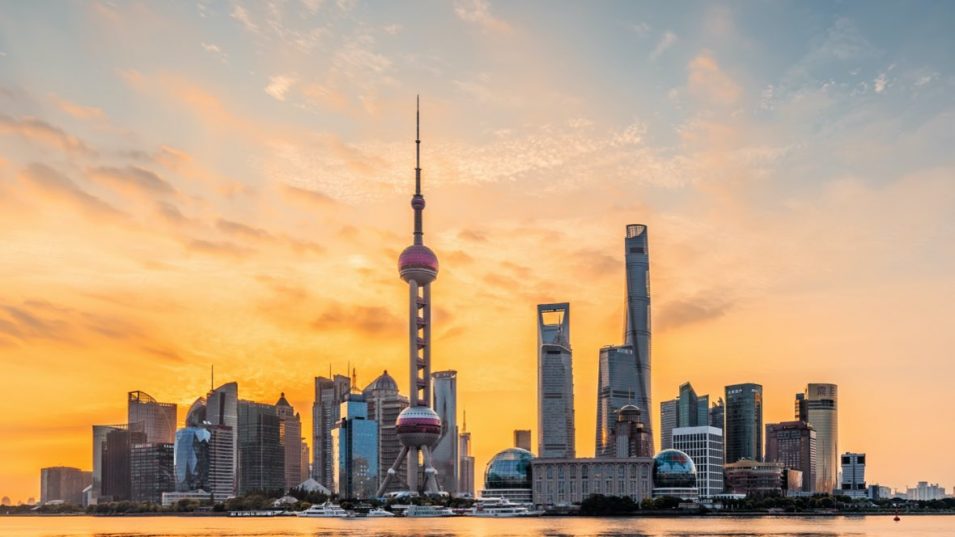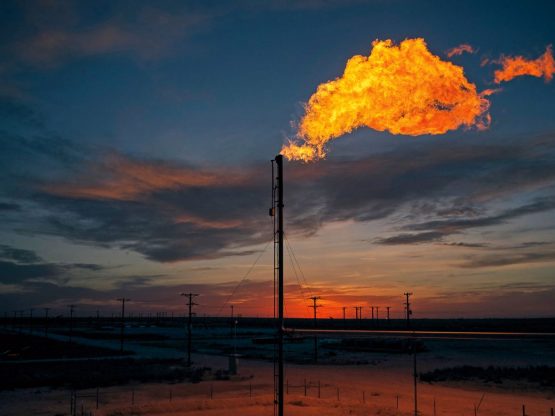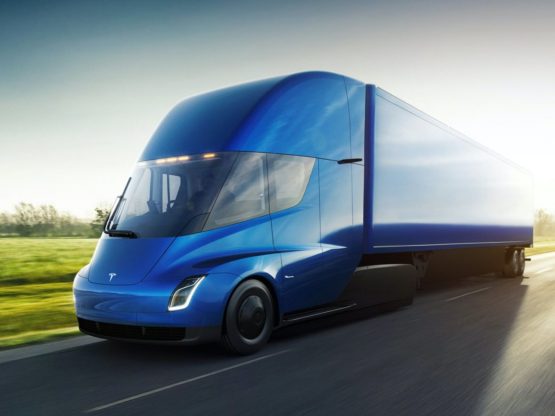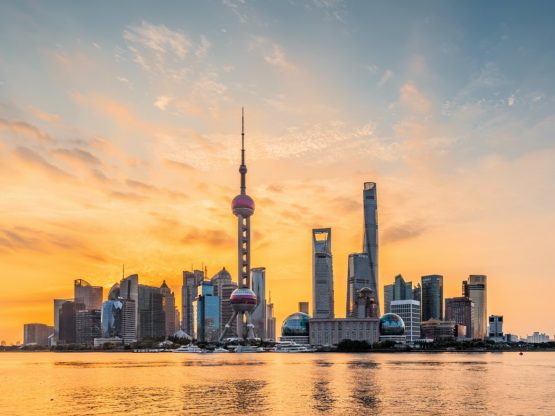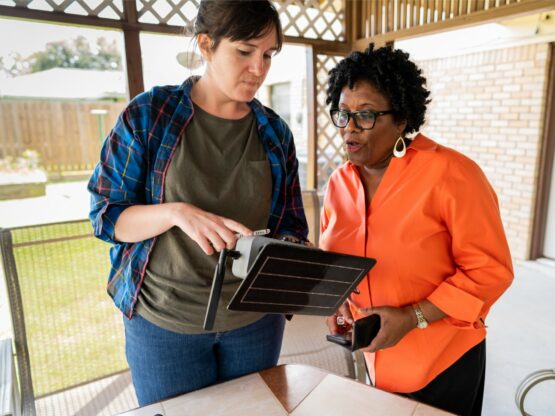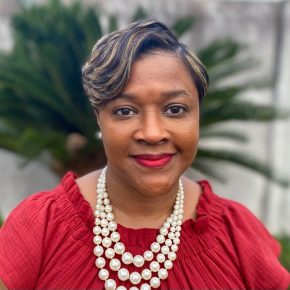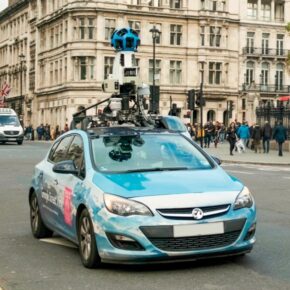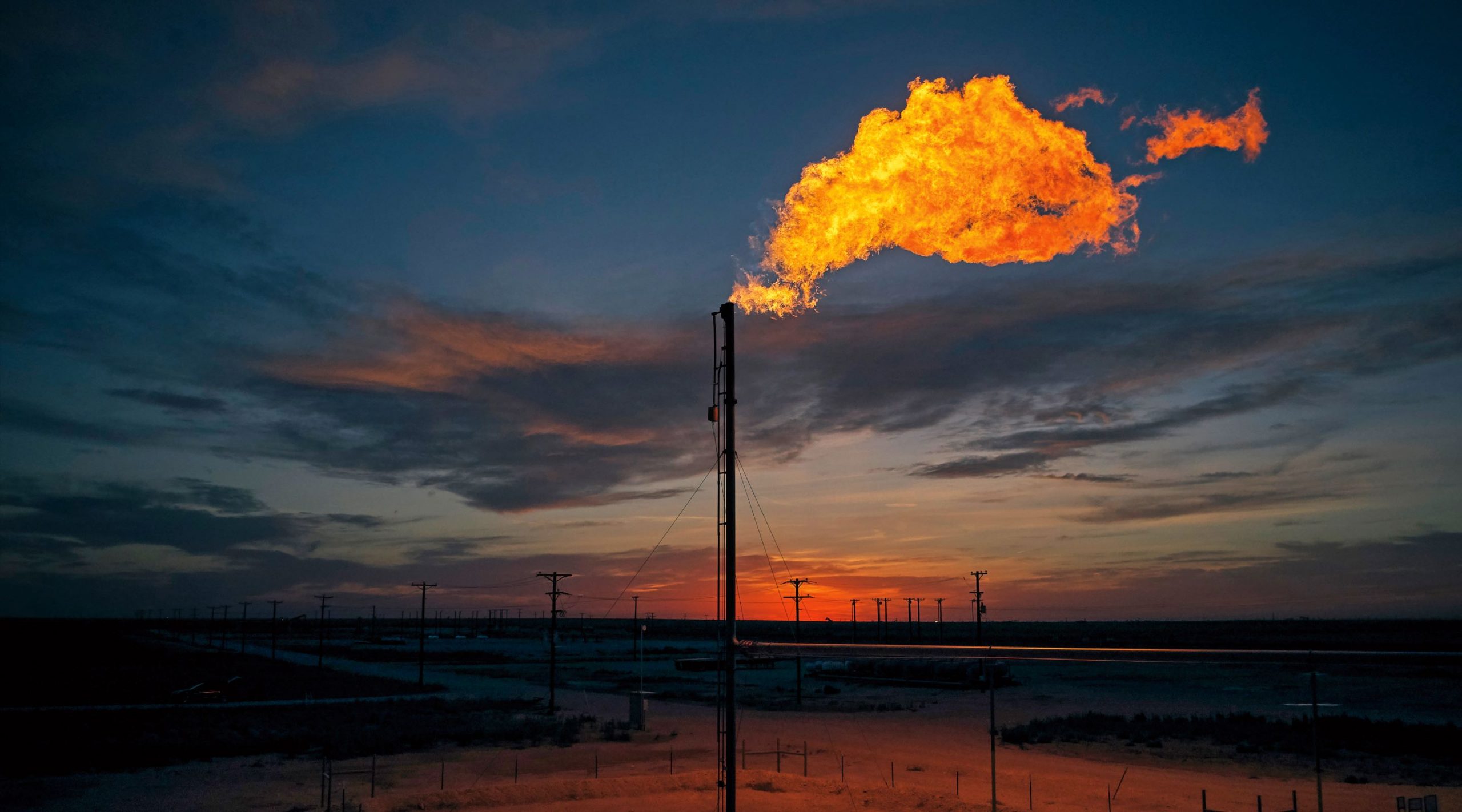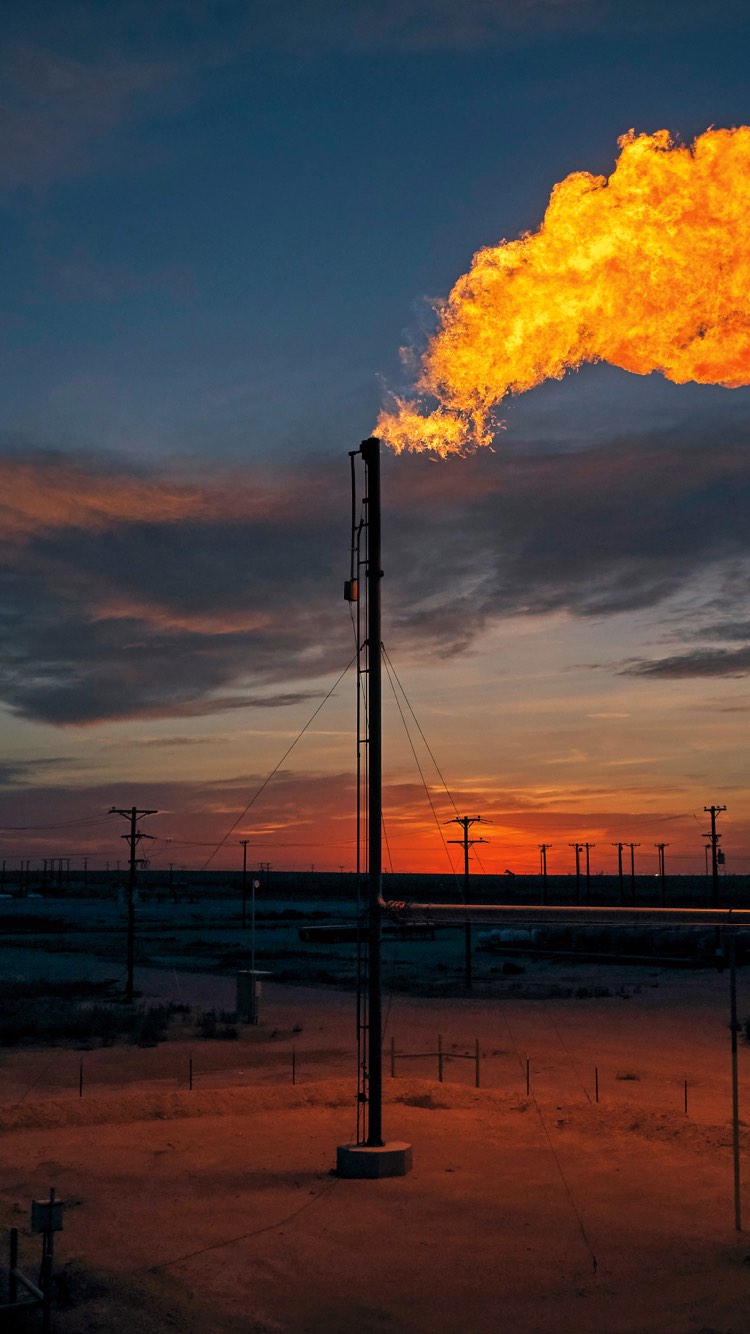Dr. Denae King started her career studying cells and genes. “I kept thinking, ‘I should be helping people with all of this knowledge,’” she says. Twenty years later, as a research program manager at Texas Southern University, King has become a force for environmental justice in her native Houston and throughout the region.
Most recently, she teamed with EDF’s Dr. Grace Tee Lewis, an epidemiologist who also grew up in Houston. The two have been sharing data about environmental and health risks with leaders in some of the region’s most vulnerable communities and facilitating plans to address the risks. For example, Pleasantville, a community that sits near the highly industrialized Houston Ship Channel, has created its own network of air monitors to identify spikes in pollution in order to demand change.
6.5M
deaths each year are estimated to be caused by air pollution worldwide.



